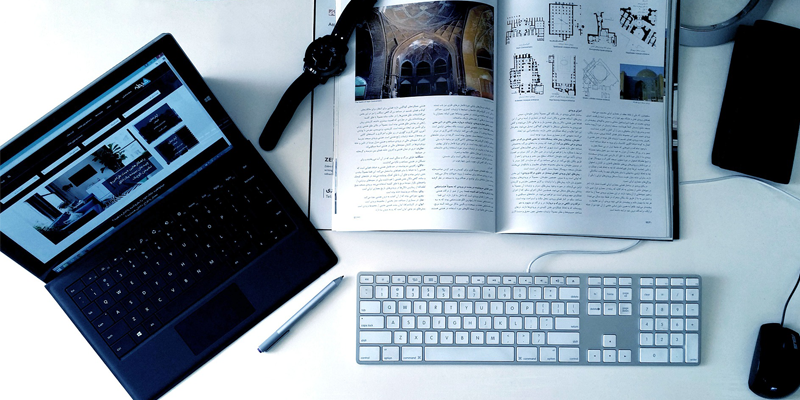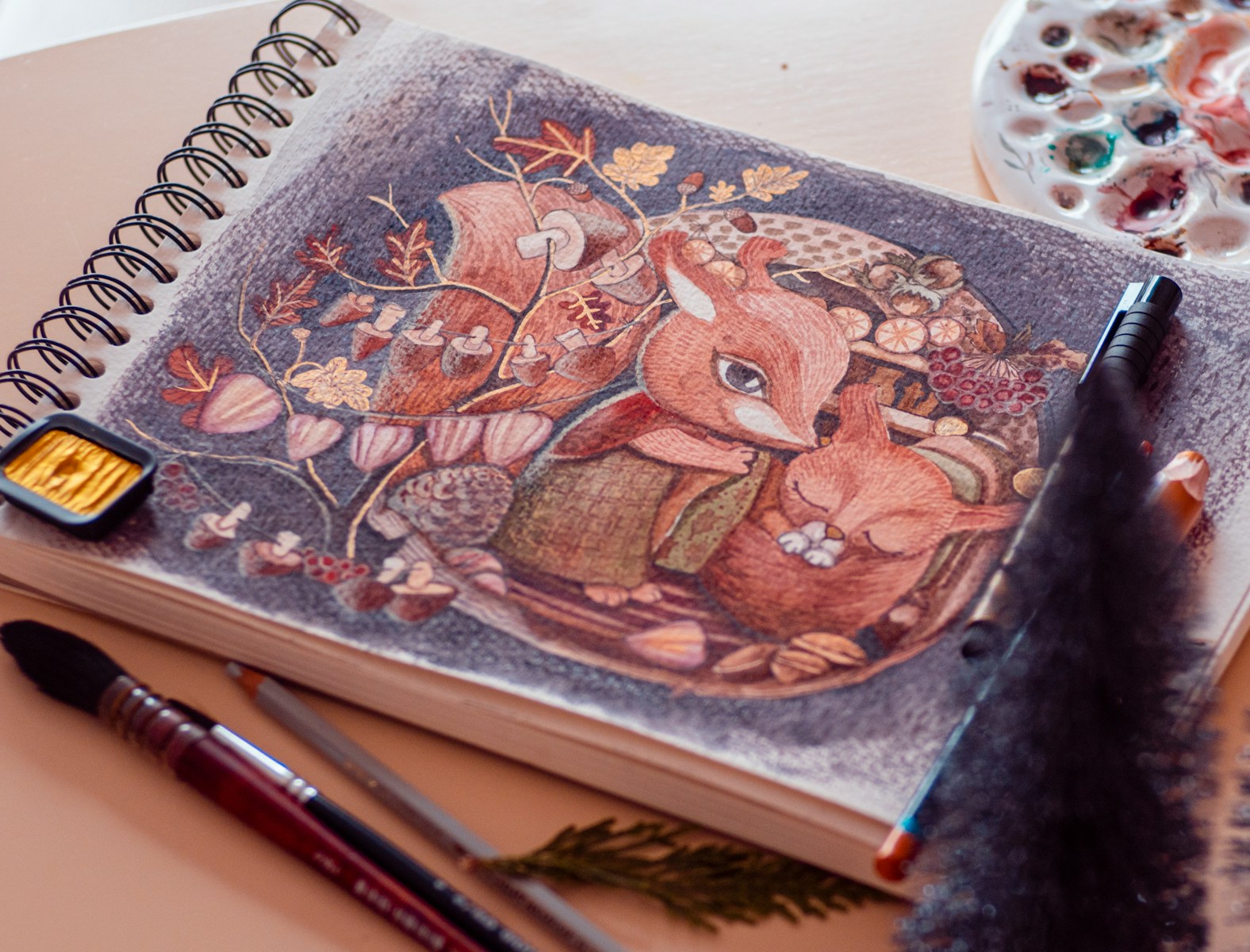
Photo touch-up is an essential skill in today’s digital world, whether you’re a professional photographer or a hobbyist. While basic editing can enhance a photo, mastering next-level techniques and discovering hidden pathways in your editing software can truly transform your images. In this post, we’ll dive into advanced insights that will help you elevate your photo touch-up skills and create stunning, professional-grade photos.
Mastering Color Grading for Impact
Color grading is more than just adjusting the brightness, contrast, and saturation of an image. It’s about creating a mood, telling a story, and guiding the viewer’s eye. To take your color grading to the next level, start by experimenting with color theory. Understand how different colors interact with each other and how they can evoke specific emotions. For instance, warm tones like red, orange, and yellow can convey warmth and energy, while cool tones like blue and green can create a sense of calm and tranquility.
Use advanced tools such as selective color adjustments, curves, and gradient maps to fine-tune the colors in your image. Selective color adjustments allow you to modify the hue, saturation, and lightness of specific colors without affecting the entire image. This technique is particularly useful for creating dramatic effects or highlighting certain elements in your photo. Curves give you precise control over the brightness and contrast, enabling you to create subtle or bold adjustments. Gradient maps, on the other hand, can be used to overlay colors across the tonal range of your image, creating unique and artistic effects.
Enhancing Details with Frequency Separation
Frequency separation is a powerful technique used by professional retouchers to separate the texture and color of an image. This allows you to work on the fine details of your photo, such as skin texture or fabric, without affecting the color and vice versa. By separating the high frequency (texture) from the low frequency (color), you can make detailed adjustments with precision.
To apply frequency separation, create two duplicates of your image layer. On one layer, apply a Gaussian blur to remove the fine details, leaving only the color and tone. On the other layer, apply a high-pass filter to retain only the texture. With these layers, you can now use tools like the healing brush or clone stamp to retouch skin imperfections, wrinkles, or other details without altering the overall color balance of your photo.
This technique is especially useful for portrait photography, where maintaining natural skin texture is crucial. By using frequency separation, you can achieve a flawless yet realistic look, enhancing the overall quality of your portraits.
Refining Edges with Advanced Masking Techniques
Masking is a fundamental tool in photo editing, allowing you to apply adjustments selectively to different parts of your image. However, advanced masking techniques can take your touch-ups to the next level by enabling you to refine edges and create seamless composites.
One advanced technique is to use the “Refine Edge” or “Select and Mask” tools in your editing software. These tools are particularly useful for selecting complex objects, such as hair or fur, which are difficult to isolate using basic selection tools. The “Refine Edge” tool allows you to smooth, feather, and contract or expand your selection, making it easier to create clean, precise masks.
Another powerful technique is the use of luminosity masks, which are based on the brightness levels of your image. Luminosity masks allow you to create complex selections that target specific tonal ranges, such as highlights, mid-tones, or shadows. This is particularly useful for making subtle adjustments to exposure, contrast, and color in different parts of your image without affecting the rest.
Exploring Hidden Pathways in Your Editing Software
Every photo editing software has hidden pathways—features and tools that are often overlooked but can significantly enhance your editing process. For example, in Adobe Photoshop, the “Blend If” sliders within the Layer Styles panel are a hidden gem that allows you to blend layers based on their luminosity. This is an incredibly powerful tool for creating natural-looking composites, enhancing textures, or applying effects selectively based on brightness levels.
In Lightroom, the Range Masking feature within the Adjustment Brush, Graduated Filter, or Radial Filter tools allows you to refine your adjustments based on color or luminance. This is particularly useful for landscape photography, where you may want to apply adjustments only to specific areas of the sky or foreground.
To truly master photo touch-ups, take the time to explore your software’s lesser-known features. Read the manual, watch tutorials, and experiment with different tools and settings. You may discover new techniques that can streamline your workflow and open up creative possibilities.
Conclusion
Elevating your photo touch-up skills requires more than just following basic editing techniques. By mastering next-level methods such as color grading, frequency separation, and advanced masking, and by exploring the hidden pathways in your editing software, you can transform your images from ordinary to extraordinary. The key is to experiment, practice, and continuously seek out advanced insights that will help you refine your craft. Whether you’re a professional photographer or an enthusiast, these techniques will enable you to create stunning, high-quality photos that stand out in today’s competitive digital landscape.








